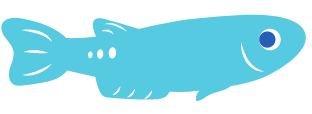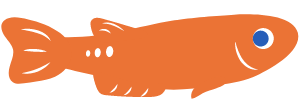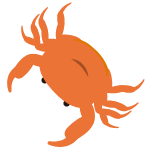
Vision
子供のころから慣れ親しんだ、
身近な川や小川の自然と環境を取り戻すために
一緒に行動しましょう
身近な川や小川の自然と環境を取り戻すために
一緒に行動しましょう
Let's work together to restore the nature and environment of the rivers and streams around us that we
have grown accustomed to since childhood.
ここでは四万十川についてのお話をします。 四万十川は「日本最後の清流」と、多くの国民から愛されました。
しかし現在、一見美しい河川ですが、汚染が進み、生態系も破壊されているのです。そして残念な事に、汚染と生態系破壊の殆どは、人間の生活がきっかけとなっているのです。
・下水道排水
・紙製品・化粧品と電力、火力と原子力発電からの温排水
・農業や畜産業等の農薬と排泄物
・(防災が水害からの防災と考えて)河川の生物繁殖・漁業生産と二酸化炭素やメタン吸収の重要な湿地帯の破壊
・ダムの建設による水流と生物の交流の遮断
これらは存在する河川の全てに言えることですが、四万十川ではこの原因すべて凝縮されているのです。 本プロジェクトで「四万十川」を学ぶことによって、身近で、子供のころから慣れ親しんだ河川が実は汚染と生態系破壊が進み、ダム建設によってコンクリートで固められ、徐々に本来の姿が失われていることに気づいていただけると
思います。 自分の身近な川や小川の自然と環境を取り戻すために一緒に行動しましょう。
・下水道排水
・紙製品・化粧品と電力、火力と原子力発電からの温排水
・農業や畜産業等の農薬と排泄物
・(防災が水害からの防災と考えて)河川の生物繁殖・漁業生産と二酸化炭素やメタン吸収の重要な湿地帯の破壊
・ダムの建設による水流と生物の交流の遮断
これらは存在する河川の全てに言えることですが、四万十川ではこの原因すべて凝縮されているのです。 本プロジェクトで「四万十川」を学ぶことによって、身近で、子供のころから慣れ親しんだ河川が実は汚染と生態系破壊が進み、ダム建設によってコンクリートで固められ、徐々に本来の姿が失われていることに気づいていただけると
思います。 自分の身近な川や小川の自然と環境を取り戻すために一緒に行動しましょう。
The ecosystem and water quality of Japan's rivers are deteriorating.
Some people are aware of this fact, but most are not.
Why are so many people unaware of this? It is because there are few places to provide evidence that the environment is deteriorating and nature is being destroyed. Even if we want to tell the truth, if there are not enough places to tell the truth, we cannot deliver it to you.
In this project, we would like to inform you about our research on the deterioration of "river ecosystems" and "water quality" in the Shimanto River and other rivers, in a way that can be enjoyed not only by adults but also as an educational tool for children.
In this age when more and more people visit rivers for healing with family and friends, we believe that even a little bit of knowledge will help people to love, care for, and like rivers more.
So, please enjoy and continue reading.
Some people are aware of this fact, but most are not.
Why are so many people unaware of this? It is because there are few places to provide evidence that the environment is deteriorating and nature is being destroyed. Even if we want to tell the truth, if there are not enough places to tell the truth, we cannot deliver it to you.
In this project, we would like to inform you about our research on the deterioration of "river ecosystems" and "water quality" in the Shimanto River and other rivers, in a way that can be enjoyed not only by adults but also as an educational tool for children.
In this age when more and more people visit rivers for healing with family and friends, we believe that even a little bit of knowledge will help people to love, care for, and like rivers more.
So, please enjoy and continue reading.

Mission
私たちのMISSIONは大きく分けて2つあります。
・四万十川の水質と生態系の回復により清流を復活させること。
・魚類と生物の多様性を回復し、地球温暖化の解決にも役立ち、
豊かで、人々の安らぎの場となる川を取り戻すこと
・四万十川の水質と生態系の回復により清流を復活させること。
・魚類と生物の多様性を回復し、地球温暖化の解決にも役立ち、
豊かで、人々の安らぎの場となる川を取り戻すこと
We have two main MISSION.
To revive the Shimanto River by restoring its water quality and ecosystem.
To restore the diversity of fish and other life forms, to help solve global warming, and to make the river a place of abundance and a place of peace for people.
To revive the Shimanto River by restoring its water quality and ecosystem.
To restore the diversity of fish and other life forms, to help solve global warming, and to make the river a place of abundance and a place of peace for people.
四万十川は1980年代に「日本最後の清流」として一躍脚光を浴び、多くの観光客が押し寄せました。更に、長年の防災工事、工業開発、農業振興と「都市化の進展」で四万十川の水質と水流が悪化しました。そのために魚類の生産量はピーク時の3%に減少してしまうなど、大きな脚光を浴びた反面、四万十川は本来の美しさを徐々に失ってしまいました。
このプロジェクトを見た人が、ほんの少しでも河川に意識を向け、河川をきれいに保とうと思うことで、私たちが取り戻したいと願う、本来の河川の姿に自然と近づくと思います。そのために、まずはできることから、地道に行動を起こし、1人でも多くの人に伝えることを諦めずに活動をします。私たちがまずすべきこと、四万十川の「最後の清流」を取り戻すために、様々な活動をする計画を立てました。
■下記の調査を季節ごとに分け、3年から5年分集積する。
①防災を目的とした河川の護岸と直流化の工事による自然の回復力の低下の度合い。
②下流の農業排水、中流の生姜農業の殺菌剤や稲作の農業排水の流入の影響。
③高知県南西中核工業団地からの工場排水と四万十市の都市下水の排出。
④津賀ダムや佐賀堰の建設と運用による水量、水流への遮断と停滞が四万十川水系に及ぼす影響。
①から➂への対応として、科学データ、人文科学的データと視察・現地調査を継続することにより、分析する。現地のボランティア活動の充実も図る。
④に関しては、ダム撤去運動の記録を検討する。
国内:熊本県荒瀬ダム・海外のダム撤去例を調査する。 (海外でのプロジェクト例) 米ダム撤去例;ワシントン州ElwhaダムやグランドキャニオンにあるGlen Canyon ダムなどを検討する。ダムによる第1次生産力の減少、生物多様性の喪失、固有種の減少、ダム構造の脆弱化、安全性の減退、土壌の蓄積とダム維持コストの増大を調査する。米で1990年から2015年で900のダムが撤去された。
このプロジェクトを見た人が、ほんの少しでも河川に意識を向け、河川をきれいに保とうと思うことで、私たちが取り戻したいと願う、本来の河川の姿に自然と近づくと思います。そのために、まずはできることから、地道に行動を起こし、1人でも多くの人に伝えることを諦めずに活動をします。私たちがまずすべきこと、四万十川の「最後の清流」を取り戻すために、様々な活動をする計画を立てました。
■下記の調査を季節ごとに分け、3年から5年分集積する。
①防災を目的とした河川の護岸と直流化の工事による自然の回復力の低下の度合い。
②下流の農業排水、中流の生姜農業の殺菌剤や稲作の農業排水の流入の影響。
③高知県南西中核工業団地からの工場排水と四万十市の都市下水の排出。
④津賀ダムや佐賀堰の建設と運用による水量、水流への遮断と停滞が四万十川水系に及ぼす影響。
①から➂への対応として、科学データ、人文科学的データと視察・現地調査を継続することにより、分析する。現地のボランティア活動の充実も図る。
④に関しては、ダム撤去運動の記録を検討する。
国内:熊本県荒瀬ダム・海外のダム撤去例を調査する。 (海外でのプロジェクト例) 米ダム撤去例;ワシントン州ElwhaダムやグランドキャニオンにあるGlen Canyon ダムなどを検討する。ダムによる第1次生産力の減少、生物多様性の喪失、固有種の減少、ダム構造の脆弱化、安全性の減退、土壌の蓄積とダム維持コストの増大を調査する。米で1990年から2015年で900のダムが撤去された。
Based on the results of our research, this project aims to identify the causes of environmental
degradation in rivers and work on measures to restore water quality and ecosystems (NBS) by
harnessing the power of nature.
If the Shimanto River is revived through this project, we hope to make it a model case for restoring the environment and water quality of rivers across Japan in the future.
Many of you may not know this, but water quality restoration (NBS) using the power of nature is already taking place in many countries, including the United States, the Netherlands, Belgium, Germany, and South Korea, and the environmental degradation of rivers is an area that is attracting attention both domestically and internationally.
First of all, starting with the Shimanto River, we will contribute to making rivers throughout Japan richer and more relaxing places for more people.
If the Shimanto River is revived through this project, we hope to make it a model case for restoring the environment and water quality of rivers across Japan in the future.
Many of you may not know this, but water quality restoration (NBS) using the power of nature is already taking place in many countries, including the United States, the Netherlands, Belgium, Germany, and South Korea, and the environmental degradation of rivers is an area that is attracting attention both domestically and internationally.
First of all, starting with the Shimanto River, we will contribute to making rivers throughout Japan richer and more relaxing places for more people.


History

Photo Gallery






Milestone







Member

Masayuki
Komatsu
Komatsu
小松 正之
一般社団法人生態系総合研究所代表理事/一般財団法人鹿島平和研究所客員研究員/公益財団法人アジア成長研究所客員教授/1984年イェール大学経営学大学院卒、経営学修士(MBA)/2004年東京大学大学院農学生命科学研究科修了、博士(農学)
Representative Director, Ecosystem Research Institute
Kajima Peace Institute Visiting Researcher
Visiting Professor, Asian Growth Research Institute
1984 Yale Graduate School of Business Administration, MBA
2004 Completed Graduate School of Agricultural and Life Sciences, University of Tokyo, Doctor of Agriculture
Kajima Peace Institute Visiting Researcher
Visiting Professor, Asian Growth Research Institute
1984 Yale Graduate School of Business Administration, MBA
2004 Completed Graduate School of Agricultural and Life Sciences, University of Tokyo, Doctor of Agriculture
1953年岩手県陸前高田市広田町生まれ。一般社団法人生態系総合研究所代表理事、一般財団法人鹿島平和研究所研究員、公益財団法人アジア成長研究所客員教授。
1984年イェール大学経営学大学院卒、経営学修士(MBA)。
2004年東京大学大学院農学生命科学研究科にて、博士(農学)号を授与。
1977年農林水産省入省。
1985年水産庁課長補佐(日米交渉担当)。
1988年在イタリア大使館一等書記官(国連食糧農業機関FAO担当)。
2002年水産庁参事官(国際交渉担当)。
2005年独立行政法人水産総合研究センター理事。
この間に、米商務省行政裁判所で母船式サケマス裁判、ミナミマグロ国際海洋法裁判・国際海洋法仲裁裁判勝訴、インド洋マグロ漁業委員会議長、FAO水産委員会議長を歴任。
1991年から13年間、国際捕鯨委員会日本代表代理、南極海調査捕鯨の拡充強化と北西太平洋調査捕鯨の実施に大きく貢献。2005年米ニューズウィーク誌「世界が尊敬する日本人100人」の2番目に選出される。
2007年日本経済調協議会「水産業改革委員会委員」、福田康夫内閣、麻生太郎内閣と菅直人内閣で内閣府規制改革会議〈水産業改革〉の専門委員を務める。
2011年には、泉田裕彦新潟県知事と共に県の漁業改革に携わる。
2008年から2012年まで政策研究大学院大学教授を務め、2015年から2020年まで東京財団政策研究所で水産業改革プロジェクトリーダーと、2017年から2019年、日本経済調査協議会「第2次水産業改革委員会」主査を務めた。
2021年から日本経済調査協議会「第3次水産業改革委員会」の委員長・主査を務める。
2015年度からは、日本財団の支援を得て気仙川・広田湾総合基本調査を実施し、気仙川と広田湾の森と川と海と人の関係について基本情報を収集する調査を実施。
2017年5月にはスミソニアン環境研究所ハインズ所長を日本に招致。
2018-2020年度は陸前高田市から委託を受け「広田湾・気仙川総合調査」として調査を実施した。また、一般財団法人鹿島平和研究所で2019〜2021年度は「北太平洋海洋生態系と海洋秩序・外交安全保障体制に関する研究会」主査を務め、毎月研究会を開催した。
2022年4月からは同研究所「食・生態系と土地利用研究会」の主査として、地球環境温暖化、自然活用工法の
水辺再生に取り組んでいる。
2021年度からは四万十川流域と大船渡湾を調査対象に拡大して取り組む。
2022年6月にはスミソニアン環境研究所 5名を大船渡市、陸前高田市に招致した。
2022年11月から、東京湾の再生調査に再度取り組む(2002年~2005年は水産庁時代に取り組んだ)
2022年11~12月に米スミソニアン環境研究所とメリーランド州自然資源局を訪問し、NBSに関する意見交換、Living shore lineとRegenerative Stream Channel(RSC)の現場を多数視察
2023年4~5月山口壮衆議院議員(元環境大臣)と鶴保庸介参議院議員(元内閣府特命担当大臣)と3名の科学者とともに米ホワイトハウス・CEQ(環境クオリティー委員会)、メリーランド州務長官と約50名のメリーランド州上下両院議員・科学者とNBSの実施に関して意見交換を実施した。メリーランド州務長官とはNBSの協力促進の合意文書に署名した。また、Living shore line(生きた海岸線)、Regenerative Sream Channel(再生ストリーム流路)とストーム汚染水の処理の現場を視察した。
出版は、漁業制度・政策、マグロ漁業、捕鯨政策、江戸前の歴史食文化論、自然保護、国際裁判、築地豊洲市場・流通、陸河海生態系、リーダーシップ論など多岐に亘り、日英仏露西中韓への翻訳も含めて約60冊。
1984年イェール大学経営学大学院卒、経営学修士(MBA)。
2004年東京大学大学院農学生命科学研究科にて、博士(農学)号を授与。
1977年農林水産省入省。
1985年水産庁課長補佐(日米交渉担当)。
1988年在イタリア大使館一等書記官(国連食糧農業機関FAO担当)。
2002年水産庁参事官(国際交渉担当)。
2005年独立行政法人水産総合研究センター理事。
この間に、米商務省行政裁判所で母船式サケマス裁判、ミナミマグロ国際海洋法裁判・国際海洋法仲裁裁判勝訴、インド洋マグロ漁業委員会議長、FAO水産委員会議長を歴任。
1991年から13年間、国際捕鯨委員会日本代表代理、南極海調査捕鯨の拡充強化と北西太平洋調査捕鯨の実施に大きく貢献。2005年米ニューズウィーク誌「世界が尊敬する日本人100人」の2番目に選出される。
2007年日本経済調協議会「水産業改革委員会委員」、福田康夫内閣、麻生太郎内閣と菅直人内閣で内閣府規制改革会議〈水産業改革〉の専門委員を務める。
2011年には、泉田裕彦新潟県知事と共に県の漁業改革に携わる。
2008年から2012年まで政策研究大学院大学教授を務め、2015年から2020年まで東京財団政策研究所で水産業改革プロジェクトリーダーと、2017年から2019年、日本経済調査協議会「第2次水産業改革委員会」主査を務めた。
2021年から日本経済調査協議会「第3次水産業改革委員会」の委員長・主査を務める。
2015年度からは、日本財団の支援を得て気仙川・広田湾総合基本調査を実施し、気仙川と広田湾の森と川と海と人の関係について基本情報を収集する調査を実施。
2017年5月にはスミソニアン環境研究所ハインズ所長を日本に招致。
2018-2020年度は陸前高田市から委託を受け「広田湾・気仙川総合調査」として調査を実施した。また、一般財団法人鹿島平和研究所で2019〜2021年度は「北太平洋海洋生態系と海洋秩序・外交安全保障体制に関する研究会」主査を務め、毎月研究会を開催した。
2022年4月からは同研究所「食・生態系と土地利用研究会」の主査として、地球環境温暖化、自然活用工法の
水辺再生に取り組んでいる。
2021年度からは四万十川流域と大船渡湾を調査対象に拡大して取り組む。
2022年6月にはスミソニアン環境研究所 5名を大船渡市、陸前高田市に招致した。
2022年11月から、東京湾の再生調査に再度取り組む(2002年~2005年は水産庁時代に取り組んだ)
2022年11~12月に米スミソニアン環境研究所とメリーランド州自然資源局を訪問し、NBSに関する意見交換、Living shore lineとRegenerative Stream Channel(RSC)の現場を多数視察
2023年4~5月山口壮衆議院議員(元環境大臣)と鶴保庸介参議院議員(元内閣府特命担当大臣)と3名の科学者とともに米ホワイトハウス・CEQ(環境クオリティー委員会)、メリーランド州務長官と約50名のメリーランド州上下両院議員・科学者とNBSの実施に関して意見交換を実施した。メリーランド州務長官とはNBSの協力促進の合意文書に署名した。また、Living shore line(生きた海岸線)、Regenerative Sream Channel(再生ストリーム流路)とストーム汚染水の処理の現場を視察した。
出版は、漁業制度・政策、マグロ漁業、捕鯨政策、江戸前の歴史食文化論、自然保護、国際裁判、築地豊洲市場・流通、陸河海生態系、リーダーシップ論など多岐に亘り、日英仏露西中韓への翻訳も含めて約60冊。
Born in 1953 in Hirota-cho, Rikuzentakata City, Iwate Prefecture.
Representative Director of the Ecosystem Research Institute, Research Fellow of the Kajima
Peace Research Institute, and
Visiting Professor at the Asian Growth Institute.
He received his MBA from Yale University School of Management in 1984.
D. in Agriculture from the Graduate School of Agricultural and Life Sciences at the
University of Tokyo in 2004.
1977: Joined the Ministry of Agriculture, Forestry and Fisheries (MAFF); 1985: Assistant
Director, Fisheries Agency (in charge of Japan-US negotiations);
1988: First Secretary, Embassy of Japan in Italy
(in charge of FAO, Food and Agriculture Organization of the United Nations), Counsellor,
Fisheries Agency (in charge of international negotiations), 2002
Director of Fisheries Research Center, Independent Administrative Institution (2005).
During this time, he won the mothership-style salmon trout trial in the U.S. Department of
Commerce Administrative Court, the Southern Bluefin Tuna International Law of the Sea Trial
and International Law of the Sea Arbitration Tribunal, and
He has served as Chairman of the Indian Ocean Tuna Fisheries Commission and Chairman of the
FAO Fisheries Commission.
From 1991, he served as the Japanese representative to the International Whaling Commission
for 13 years, and was responsible for the expansion and strengthening of the research
whaling program in the Antarctic Ocean and the research whaling program in the Northwest
Pacific Ocean.
In 2005, Newsweek magazine named him the second most respected Japanese in the world.
Member of the Fisheries Reform Committee, Japan Economic Research Council, 2007; Cabinet
Office Regulation in the Yasuo Fukuda Cabinet, Taro Aso Cabinet and Naoto Kan Cabinet
In 2011, he worked with Niigata Governor Hirohiko Izumida on prefectural fisheries reform.
He was a professor at the National Graduate Institute for Policy Studies from 2008 to 2012
and at the Tokyo Foundation Institute for Policy Studies from 2015 to 2020.
Fisheries Reform Project Leader and, 2017-2019, Japan Economic Research Council, "Second
Committee on Fisheries Reform."
He served as the chief examiner, and from 2021 he has been the chairman and chief examiner
of the Japan Economic Research Council's Third Committee on Fisheries Reform.
Since FY2015, with the support of the Nippon Foundation, we have conducted the Kesen River
and Hirota Bay Comprehensive Basic Survey, a survey to collect basic information on the
relationship between the forest, river, sea and people in Kesen River and Hirota Bay.
In May 2017, the Smithsonian Environmental Institute invited Director Hynes to Japan.
In FY 2018 to 2020, the project was commissioned by Rikuzentakata City as the "Hirota Bay
and Kesen River Comprehensive Survey".
The survey was conducted. In addition, the Kajima Institute for Peace Research, a general
incorporated foundation, conducted the "North Pacific Ocean Marine Ecosystem and Marine
Order and
He served as the chief of the "Study Group on the Diplomatic Security System" and held
monthly study groups.
From April 2022, I will serve as the chief researcher of the institute's "Food, Ecosystem,
and Land Use Research Group", and I will continue to work on the global warming of the
environment, and on methods of utilizing nature.
We are working on waterfront restoration.
From fiscal 2021, the survey will be expanded to cover the Shimanto River basin and Ofunato
Bay.
In June 2022, we invited five members of the Smithsonian Environmental Institute to Ofunato
and Rikuzentakata.
From November 2022, we will start working again on the Tokyo Bay restoration survey
(2002~2005 was when I was working for the Fisheries Agency).
In November to December 2022, visits were made to the Smithsonian Environmental Research Center and the Maryland Department of Natural Resources for exchanging opinions on NBS (Nature-based Solutions) and conducting numerous field inspections of Living Shoreline and Regenerative Stream Channel (RSC).
In April to May 2023, along with Member of the House of Representatives Sō Yamaguchi (former Minister of the Environment), Member of the House of Councillors Yōsuke Tsuruho (former Minister of State for Special Missions, Cabinet Office), and three scientists, discussions were held with the White House CEQ (Council on Environmental Quality), the Maryland Secretary of State, and approximately 50 members of the Maryland State Legislature and scientists regarding the implementation of NBS. An agreement document for promoting collaboration on NBS was signed with the Maryland Secretary of State. Additionally, field inspections were conducted on Living Shoreline, Regenerative Stream Channel, and stormwater pollution treatment sites.
His publications cover a wide range of topics, including fisheries systems and policies,
tuna fisheries, whaling policies, Edo history food culture theory, nature conservation,
international trials, the Tsukiji Toyosu market and distribution, land, river and sea
ecosystems, and leadership theory, with about 60 books including translations into Japanese,
English, French, Russian, West Chinese and Korean
Representative Director of the Ecosystem Research Institute, Research Fellow of the Kajima
Peace Research Institute, and
Visiting Professor at the Asian Growth Institute.
He received his MBA from Yale University School of Management in 1984.
D. in Agriculture from the Graduate School of Agricultural and Life Sciences at the
University of Tokyo in 2004.
1977: Joined the Ministry of Agriculture, Forestry and Fisheries (MAFF); 1985: Assistant
Director, Fisheries Agency (in charge of Japan-US negotiations);
1988: First Secretary, Embassy of Japan in Italy
(in charge of FAO, Food and Agriculture Organization of the United Nations), Counsellor,
Fisheries Agency (in charge of international negotiations), 2002
Director of Fisheries Research Center, Independent Administrative Institution (2005).
During this time, he won the mothership-style salmon trout trial in the U.S. Department of
Commerce Administrative Court, the Southern Bluefin Tuna International Law of the Sea Trial
and International Law of the Sea Arbitration Tribunal, and
He has served as Chairman of the Indian Ocean Tuna Fisheries Commission and Chairman of the
FAO Fisheries Commission.
From 1991, he served as the Japanese representative to the International Whaling Commission
for 13 years, and was responsible for the expansion and strengthening of the research
whaling program in the Antarctic Ocean and the research whaling program in the Northwest
Pacific Ocean.
In 2005, Newsweek magazine named him the second most respected Japanese in the world.
Member of the Fisheries Reform Committee, Japan Economic Research Council, 2007; Cabinet
Office Regulation in the Yasuo Fukuda Cabinet, Taro Aso Cabinet and Naoto Kan Cabinet
In 2011, he worked with Niigata Governor Hirohiko Izumida on prefectural fisheries reform.
He was a professor at the National Graduate Institute for Policy Studies from 2008 to 2012
and at the Tokyo Foundation Institute for Policy Studies from 2015 to 2020.
Fisheries Reform Project Leader and, 2017-2019, Japan Economic Research Council, "Second
Committee on Fisheries Reform."
He served as the chief examiner, and from 2021 he has been the chairman and chief examiner
of the Japan Economic Research Council's Third Committee on Fisheries Reform.
Since FY2015, with the support of the Nippon Foundation, we have conducted the Kesen River
and Hirota Bay Comprehensive Basic Survey, a survey to collect basic information on the
relationship between the forest, river, sea and people in Kesen River and Hirota Bay.
In May 2017, the Smithsonian Environmental Institute invited Director Hynes to Japan.
In FY 2018 to 2020, the project was commissioned by Rikuzentakata City as the "Hirota Bay
and Kesen River Comprehensive Survey".
The survey was conducted. In addition, the Kajima Institute for Peace Research, a general
incorporated foundation, conducted the "North Pacific Ocean Marine Ecosystem and Marine
Order and
He served as the chief of the "Study Group on the Diplomatic Security System" and held
monthly study groups.
From April 2022, I will serve as the chief researcher of the institute's "Food, Ecosystem,
and Land Use Research Group", and I will continue to work on the global warming of the
environment, and on methods of utilizing nature.
We are working on waterfront restoration.
From fiscal 2021, the survey will be expanded to cover the Shimanto River basin and Ofunato
Bay.
In June 2022, we invited five members of the Smithsonian Environmental Institute to Ofunato
and Rikuzentakata.
From November 2022, we will start working again on the Tokyo Bay restoration survey
(2002~2005 was when I was working for the Fisheries Agency).
In November to December 2022, visits were made to the Smithsonian Environmental Research Center and the Maryland Department of Natural Resources for exchanging opinions on NBS (Nature-based Solutions) and conducting numerous field inspections of Living Shoreline and Regenerative Stream Channel (RSC).
In April to May 2023, along with Member of the House of Representatives Sō Yamaguchi (former Minister of the Environment), Member of the House of Councillors Yōsuke Tsuruho (former Minister of State for Special Missions, Cabinet Office), and three scientists, discussions were held with the White House CEQ (Council on Environmental Quality), the Maryland Secretary of State, and approximately 50 members of the Maryland State Legislature and scientists regarding the implementation of NBS. An agreement document for promoting collaboration on NBS was signed with the Maryland Secretary of State. Additionally, field inspections were conducted on Living Shoreline, Regenerative Stream Channel, and stormwater pollution treatment sites.
His publications cover a wide range of topics, including fisheries systems and policies,
tuna fisheries, whaling policies, Edo history food culture theory, nature conservation,
international trials, the Tsukiji Toyosu market and distribution, land, river and sea
ecosystems, and leadership theory, with about 60 books including translations into Japanese,
English, French, Russian, West Chinese and Korean






